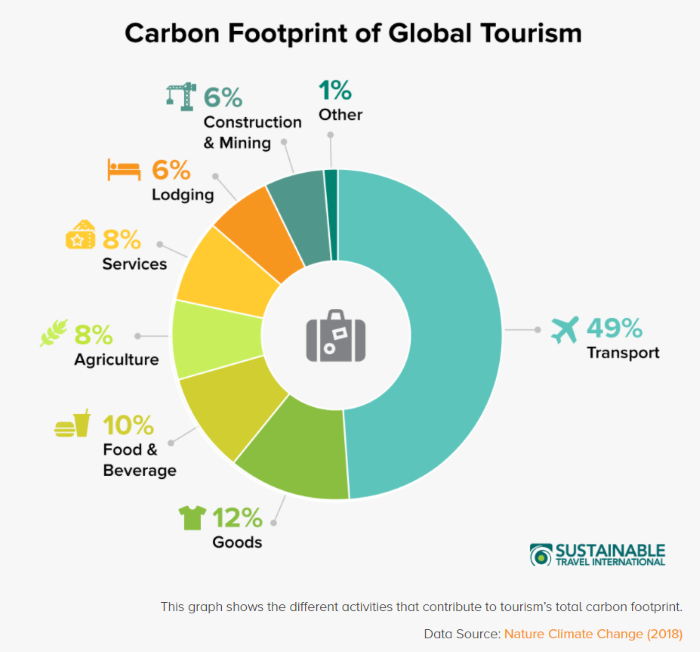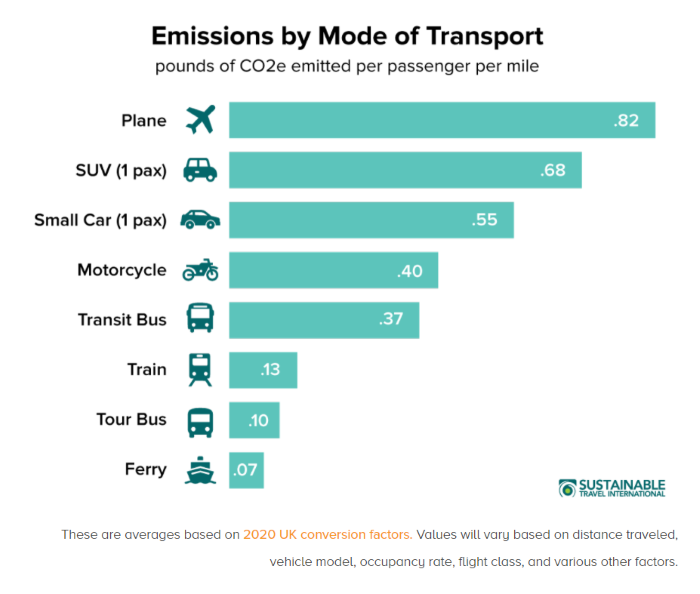
The first two weeks of November saw world leaders, big businesses, and scientists struggling to arrive at a consensus on measures to cut carbon emissions at COP26, the United Nations climate change conference in Glasgow. The global leaders agreed on some watered-down climate action targets to the dismay of activists who were expecting much more.
The global travel and tourism industry that accounts for around 8% of the global carbon emissions attended COP26 in large numbers. Industry delegates representing tourism boards, hotel industry and tour operators announced the Glasgow Declaration on Climate Action in Tourism on November 4. They pledged to achieve net zero by 2050 and set an interim target of a 50% cut in carbon emissions by 2030. The signatories agreed to present a transparent roadmap for achieving the climate goals by November next year.

READ I COP26 draft agreement: Humanity just scored a big win
Travel and tourism industry pledges action
The Glasgow declaration is the first global commitment by the travel and tourism industry that is seen as a big emitter by climate activists. More than 300 large players in global tourism have already signed the declaration that seeks disclosure of all tourism-related emissions, setting of emission cut targets, restoration of natural ecosystems, cooperation to share global best practices and facilitation of finance. The World Travel and Tourism Council and the UN World Tourism Organization will lead the process of preparing a workable plan to reduce the industry’s carbon footprint.
The declaration is a one-page document that can be endorsed by travel businesses across the world. There is no financial commitment for the signatories. The signatories will publish their respective climate action plans at the One Planet Network website. The plans will be monitored and evaluated by the UNWTO and the UNEP.
A recent study of climate action by the industry found that less than half of all travel businesses have set climate targets. The declaration looks to set a global standard for reporting emissions and wants the signatories to hold each other accountable for climate action. The failure to submit a clear-cut plan for emission cuts by a player will result in its removal from the declaration.
READ I COP26: World will overcome anxiety about future without fossil fuels
Carbon footprint of tourism industry
Tourism industry is one of the biggest culprits of greenhouse gas emissions that threaten to speed up climate change, manifesting in the form of extreme weather events such as droughts, floods, wildfires and cyclones. Activities such as air travel, lodging, transport and boat rides are the biggest contributors of the industry’s carbon footprint. Travellers from the US and other developed nations contribute most of this footprint.
Transportation is responsible for most of the travel and tourism industry’s carbon emissions. The last 20 years saw a major fall in airfares, making international travel affordable. The increase in the number of people undertaking international travel resulted in a more than 60% spike in transport-related tourism emissions between 2005 and 2016. Cars, buses, boats and ferries also contributed to the increase in greenhouse gas emissions.


Higher power usage for air conditioners, refrigerators, laundry machines, lights, and TVs also pushed carbon emissions, especially in countries that have inefficient power generation and distribution systems. Swimming pools, spas, and warm showers increased the energy use and emissions from resorts and hotels. Rise in tourism also results in construction of facilities such as airports and resorts, which emits massive amounts of carbon emissions. The tourism industry also destroys large areas of forests and other ecosystems that act as carbon sinks by absorbing emissions. Import of food items also increases the industry’s carbon footprint.
With the travel and tourism industry agreeing to cut its greenhouse emissions by half by 2030 and fully by 2050, there will be major efforts to reduce reliance on fossil fuels. The efforts of the industry need to be matched by local governments, suppliers, and tourists to cut the industry’s carbon footprint. Solar and wind energy as well as hydrogen and fuel cell technologies will be crucial for a drastic cut in carbon emissions.

